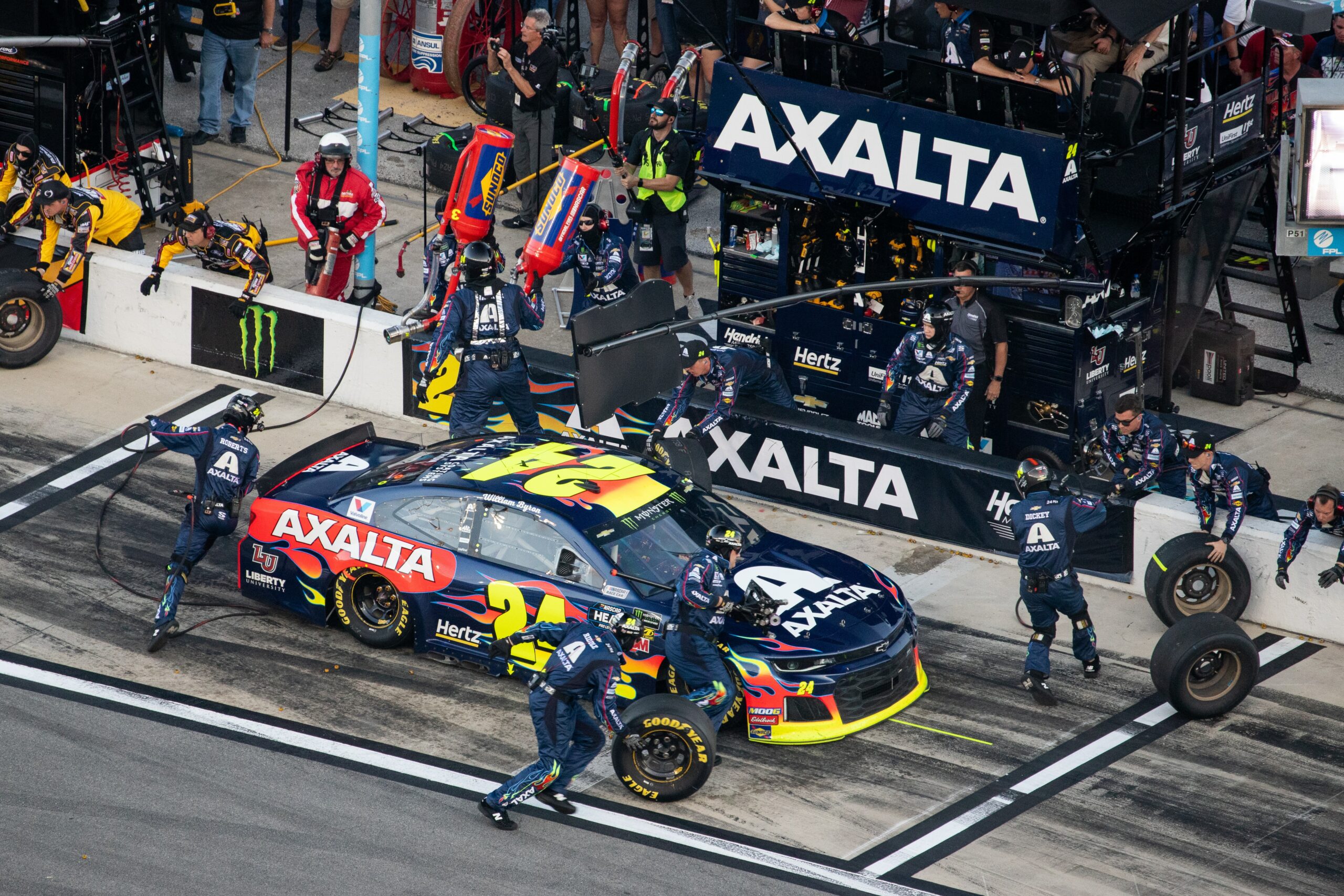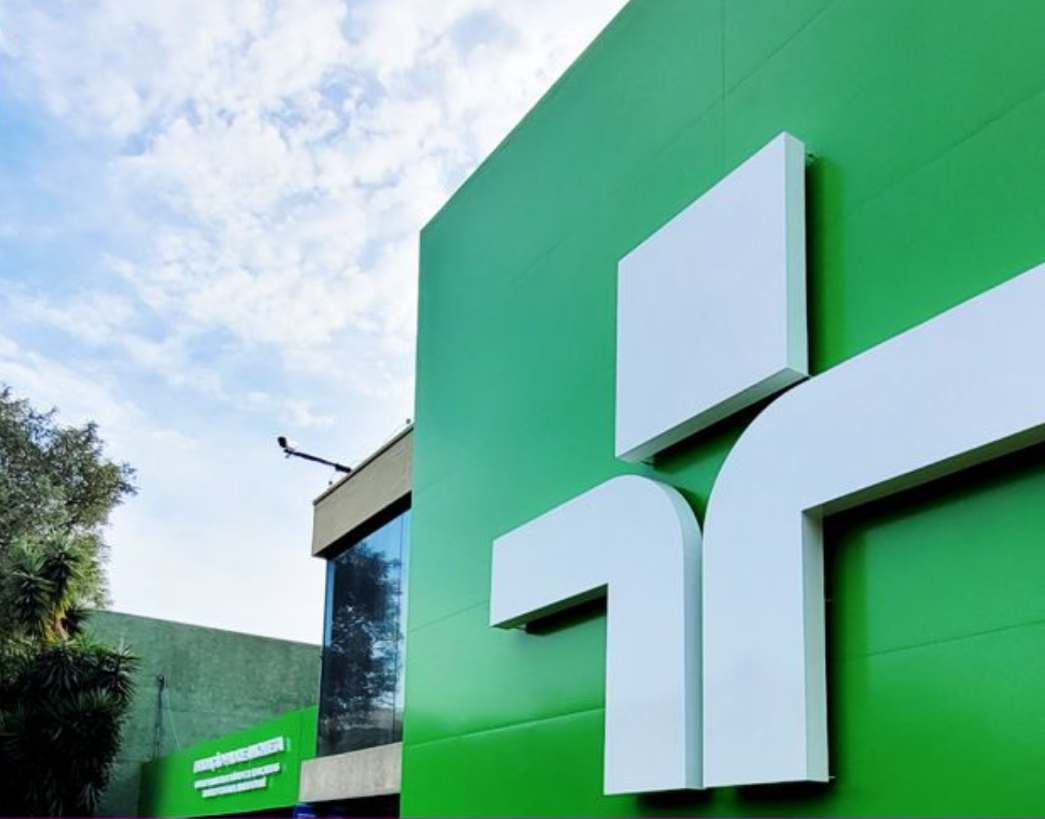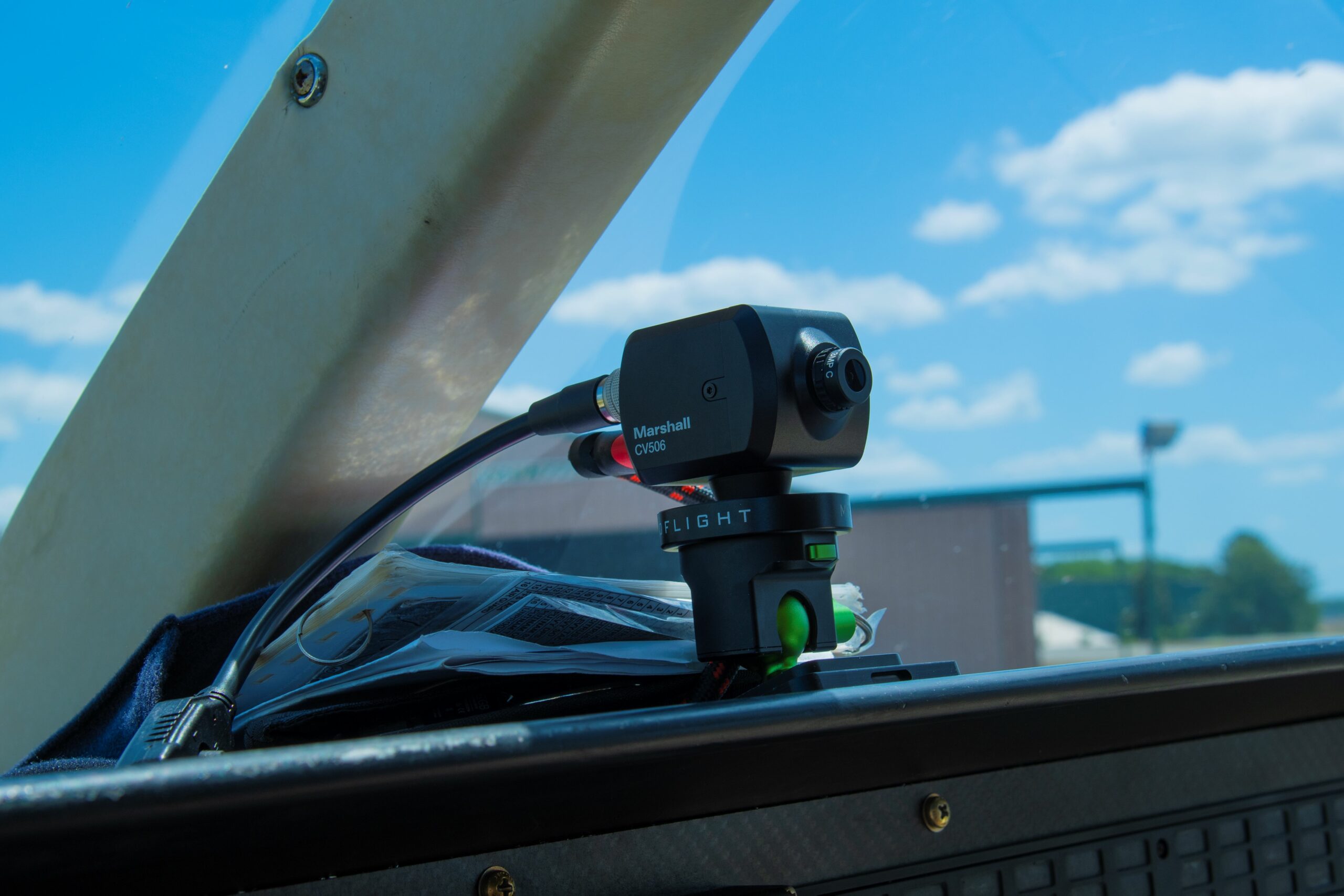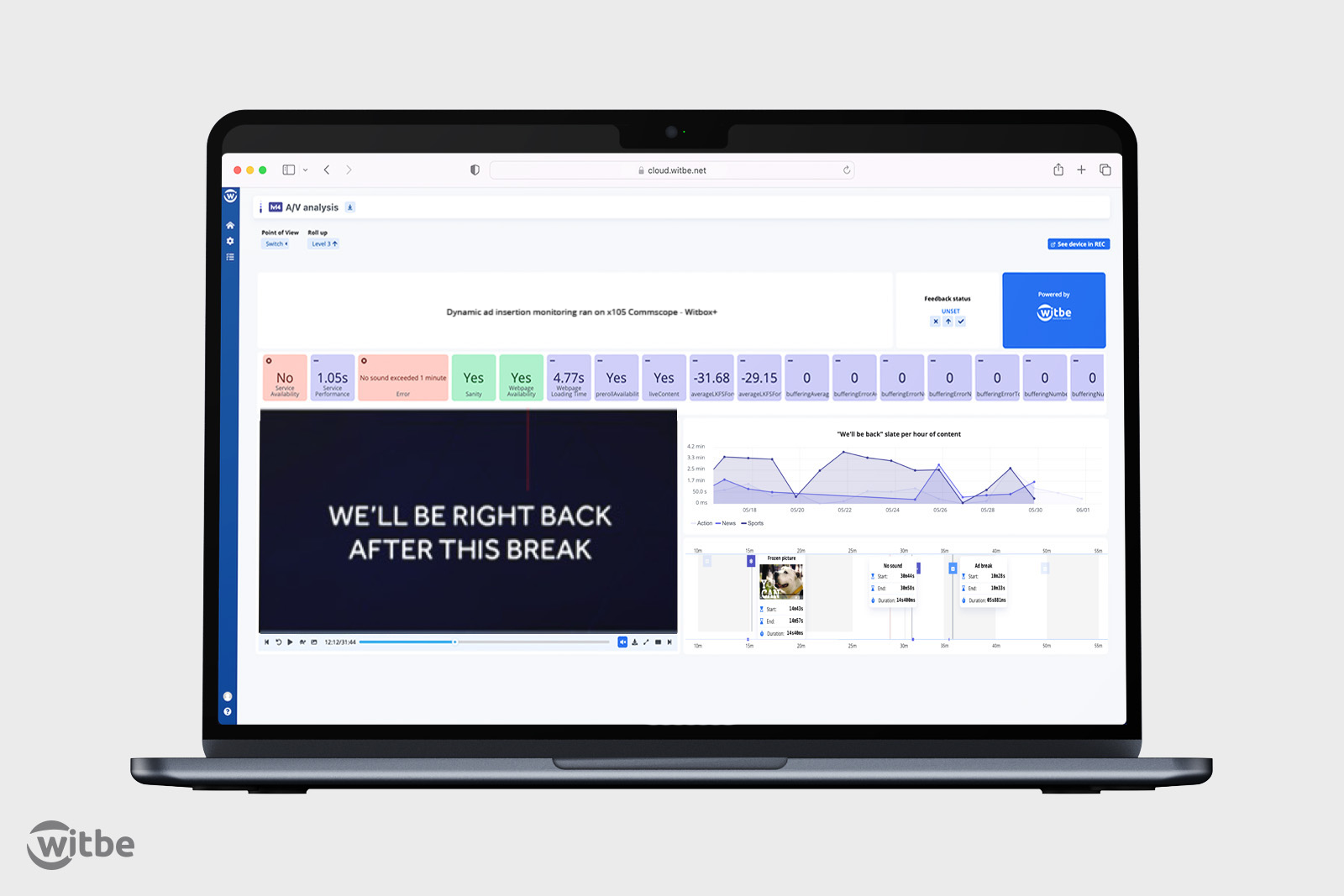The sports broadcasting landscape is witnessing a major shift, driven by the rapid adoption of cloud technology. Cloud-connected camera workflows are at the forefront of this transformation, offering broadcasters an efficient, scalable, and cost-effective solution for capturing, producing, and distributing sports content. In this article, we’ll delve into the world of cloud-connected camera workflows and explore their impact on a variety of sports, showcasing how they are reshaping sports broadcasting.
The Wide-Ranging Impact of Cloud-Connected Camera Workflows
As broadcasters embrace cloud technology, an array of sports has started to implement cloud-connected camera workflows. Here’s a look at some examples:
- Soccer (Football): Major soccer events and leagues, such as the FIFA World Cup, UEFA Champions League, and English Premier League, are utilizing cloud-based solutions for video production and distribution.
- Basketball: NBA and NCAA basketball events have adopted cloud-based workflows for capturing and distributing game footage to a wider audience.
- American Football: The NFL and college football leagues are exploring cloud-connected camera workflows to enhance live production and create a more immersive viewing experience.
- Baseball: Major League Baseball (MLB) is using cloud-based technology for capturing, processing, and distributing game footage.
- Motorsports: Formula 1, NASCAR, and other motorsports events have employed cloud-based solutions to improve live video production, making it easier to deliver high-quality content to viewers.
- Tennis: Major tennis tournaments, such as Wimbledon and the US Open, have started using cloud-connected camera workflows for live video production and distribution.
- Golf: Major golf events, including the PGA Tour and European Tour, are implementing cloud-based solutions to enhance video production capabilities and reach a broader audience.
- Esports: Cloud-connected camera workflows have become increasingly popular in esports broadcasting, providing a scalable and cost-effective solution for live event coverage.
The Advantages of Cloud-Connected Camera Workflows
The widespread adoption of cloud-connected camera workflows can be attributed to the numerous benefits they offer, including:
- Cost-Effective and Scalable Production: Cloud technology reduces the reliance on costly on-site hardware and personnel, streamlining production costs. Additionally, cloud-based solutions provide the flexibility to scale resources up or down as needed.
- Remote Collaboration and Real-Time Editing: Cloud platforms enable remote collaboration between production teams, allowing editors, producers, and directors to work together from anywhere in the world. Real-time editing and production become possible as video feeds are available on cloud platforms.
- Enhanced Accessibility and Distribution: Cloud-connected camera workflows simplify content distribution to various platforms, including social media, websites, and mobile apps, making it easier for broadcasters to reach their audience across multiple channels and devices.
- Reliability and Redundancy: Cloud infrastructure offers increased reliability and redundancy compared to traditional on-site production setups. Data centers spread across multiple geographic locations ensure uninterrupted production even if one location experiences technical issues.
Future Outlook and Challenges
While cloud-connected camera workflows are revolutionizing sports broadcasting, challenges such as network latency, security concerns, and the need for reliable high-speed internet connections must be addressed. As cloud technology advances and network infrastructures improve, we can expect to see even greater adoption of cloud-based solutions in the industry. By embracing the power of the cloud, sports broadcasters can unlock new levels of efficiency, scalability, and innovation, shaping the future of sports production and distribution.
Addressing the Challenges of Cloud-Connected Camera Workflows
To fully realize the potential of cloud-connected camera workflows, broadcasters must proactively address challenges such as network latency, security concerns, and the need for reliable high-speed internet connections. Some strategies for overcoming these obstacles include:
- Network optimization: Collaborate with internet service providers to optimize network connections, ensuring the highest possible bandwidth and minimal latency. Utilize advanced networking protocols, such as Software-Defined Networking (SDN) and Content Delivery Networks (CDNs), to improve data transmission efficiency.
- Edge computing: Move data processing and storage closer to the source (i.e., cameras or other devices capturing video feeds) to minimize latency associated with transmitting data to and from remote servers. Edge computing is particularly beneficial for real-time processing scenarios.
- Network redundancy: Implement redundant network connections to ensure uninterrupted live broadcasts even if one connection fails. Use multiple ISPs and diverse routing paths to reduce the risk of network outages and improve overall reliability.
- End-to-end encryption: Protect against security threats, such as unauthorized access, eavesdropping, or data tampering, by encrypting data throughout the entire transmission process. Employ strong encryption algorithms and secure key management practices for optimal security.
- Robust access control: Implement strong access control measures to prevent unauthorized users from accessing sensitive data or systems. Use multi-factor authentication, role-based access control, and regular audits to monitor and manage access to cloud-based systems and resources.
- Regular security updates and monitoring: Stay up-to-date with the latest security patches and monitor systems for potential vulnerabilities to maintain a secure environment. Work closely with cloud service providers and technology vendors to ensure systems are always updated and protected against known security threats.
By proactively addressing these challenges, sports broadcasters can harness the full potential of cloud-connected camera workflows and other cloud-based solutions, transforming the way they produce and deliver sports content to audiences worldwide.




